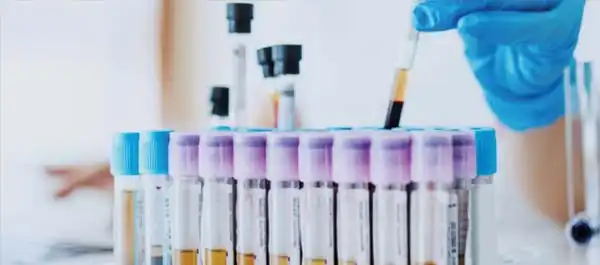Blitz Bureau
Health authorities in the United Kingdom have raised an alarm this week over a potential second wave of norovirus, with new data showing a shift in circulating strains, IANS reported. The latest information from the UK Health Security Agency (UKHSA) shows norovirus cases rising across the country, with cases at the highest levels since reporting began in the year 2014.
Cases of the virus were nearly 30 per cent higher between February 3 and 16 than in the previous fortnight, the UKHSA said, and more than doubled the five-season average. The impact, said the IANS report, is particularly severe in hospitals and care homes, with cases highest among people aged 65 and over, according to the health agency.
Cases usually start to decline around this time of year as the weather gets warmer, but the UKHSA says that it is too soon to conclude whether norovirus has peaked this season. The latest data also shows a shift in circulating strains, with the increased number of cases this season associated with the new GII.17 genotype. Meanwhile, the GII.4 genotype is also increasing, Xinhua news agency reported.
Common symptoms of norovirus infection include vomiting, diarrhea, and stomach cramping. The virus can sometimes lead to low-grade fever or chills, headache, and muscle aches. These symptoms usually begin one or two days after being infected. An unusually high number of norovirus outbreaks were also reported from the United States in December. According to the Centers for Disease Control and Prevention (CDC), outbreaks can occur throughout the year, but they are most common between November and April.
The highly contagious virus, which sickens an estimated 19 to 21 million people nationwide each year, can cause sudden and unpleasant gastrointestinal symptoms, the CDC said. Also known as norwalk virus and sometimes referred to as the winter vomiting disease, norovirus is the most common cause of gastroenteritis. The virus is usually spread by the fecal–oral route. This may be through contaminated food or water or person-to-person contact. It may also spread via contaminated surfaces or through air from the vomit of an infected person.
Risk factors include unsanitary food preparation and sharing close quarters. Diagnosis is generally based on symptoms. Confirmatory testing is not usually available. Prevention involves proper hand washing and disinfection of contaminated surfaces. There is no vaccine or specific treatment for norovirus.
































